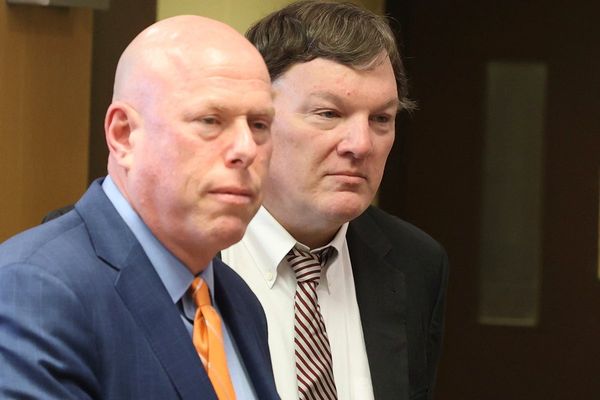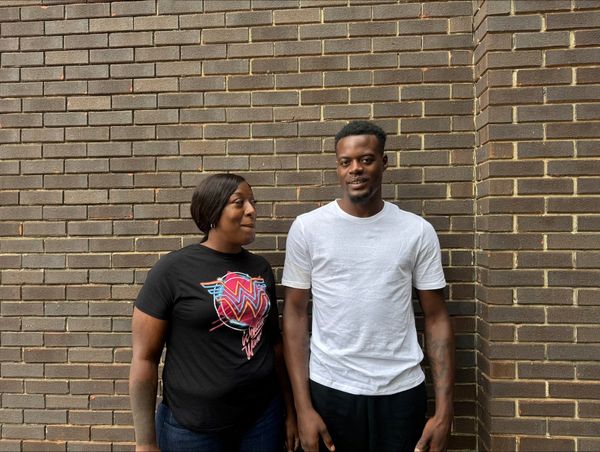Millennials, mostly, are giving weight to an idea that sets out to address the housing crisis across Australia and in major first-world cities globally. The YIMBY movement is a new-ish pro-real estate development movement that is calling for more housing, and it’s coming to a suburb near you.
With rising rents, stalling house supply and interest rates going up and up, a debate rages on what to do next. The YIMBY movement occupies an increasingly prominent place in that debate. Short for “Yes, In My Backyard”, YIMBY is a play on the well-known, NIMBY (“Not in my backyard”) movement, which has long been applied to residents opposed to change in their local area.
Grand Designs presenter Kevin McCloud recently argued the YIMBY movement could help alleviate the housing crisis in Australia. It might be a solution to Australia’s dire shortage of homes, he says. He suggests terraces and infill development that “revitalise what are otherwise becoming very expensive suburbs”.

What is YIMBY?
YIMBYs – as we’re all calling them, like it or not – want to increase housing supply by targeting barriers to new construction. Think zoning and heritage protections, as well as design standards. But they don’t want just any housing, and they’re not targeting new social and affordable housing, nor rent regulation.
YIMBYs want more housing in higher-income areas (knock, knock, Baby Boomers) even at the top of of the housing market, saying it will improve affordability by “filtering” and freeing up more affordable housing elsewhere.
Targeting higher-income areas involves fewer displacement risks. But according to The Conversation, it also means focusing on areas where opposition to new development is strongest. That carries the risk that governments will present up-zoning – increasing density allowances – as a solution. They might also ignore other ideas such as legal protections against evictions and rent increases, ending landlord tax concessions, and investment in public housing.
Politicians, including Prime Minister Anthony Albanese and NSW Premier Chris Minns, have argued that the key to solving the housing crisis is planning reform to increase supply, by fending off more contentious or costly proposals.
You can’t talk YIMBY-ism without mentioning a book – Yes to the City: Millennials and the Fight for Affordable Housing by Max Holleran. It’s an authoritative study of the rise of YIMBYism and its spread globally.
Want to know more?
What is NIMBY versus YIMBY?
YIMBY advocates want to create change in the housing sector by promoting choice and diversity with the goal of encouraging communities to say ‘yes’ to increases in housing density, says the Queensland Government.
YIMBYism challenges the NIMBY mindset, which has long been applied to residents opposed to change in their local area. The term NIMBY is used by housing advocates to refer to residents who have significant privilege and aim to maintain it, rather than embracing residents who oppose development due to concerns about displacement or other reasons.
According to a definition of NIMBY by the Queensland State Government, fear is one of the major driving factors from NIMBY supporters. “Opposition driven by fear, almost never results in a positive outcome. This is why NIMBYism tends to lead to a disproportionate opposition to housing development projects – especially those involving affordable, high and medium density developments.”

Who are the YIMBYs?
Yes to the City author Max Holleran says YIMBY is mostly a white, middle-class movement. Typically, it seems to be a Millennial thing and many YIMBYs work in the expanding tech industry, which has helped drive population growth in those cities and contributed to housing pressures. Either way, it’s a movement that’s gaining a lot of traction locally, judging by recent reforms in New South Wales, especially – YIMBYs can claim some success in influencing government policies.
“[YIMBYs] are often the ones who have done everything right … the university grads with knowledge-sector jobs, but the prices are so high now they feel like they’ve done something wrong with their lives.”
Interviewee in Yes to the City
The housing affordability dynamic is not a generation issue, although YIMBYs often frame it that way. There is the stereotype that wealthy “Baby Boomer” homeowners purchased property when it was cheaper and often backed by government subsidies, while millennials can’t afford to buy due to opposition to new development from those boomer homeowners. But this is only one side of the story. YIMBYs are also just people of any generation who believe in creating affordable housing for all where there is space in the cities.
Check out these emerging, newly-prominent YIMBY organisations and coalitions:
This article originally appeared on Home Beautiful and is republished here with permission.







